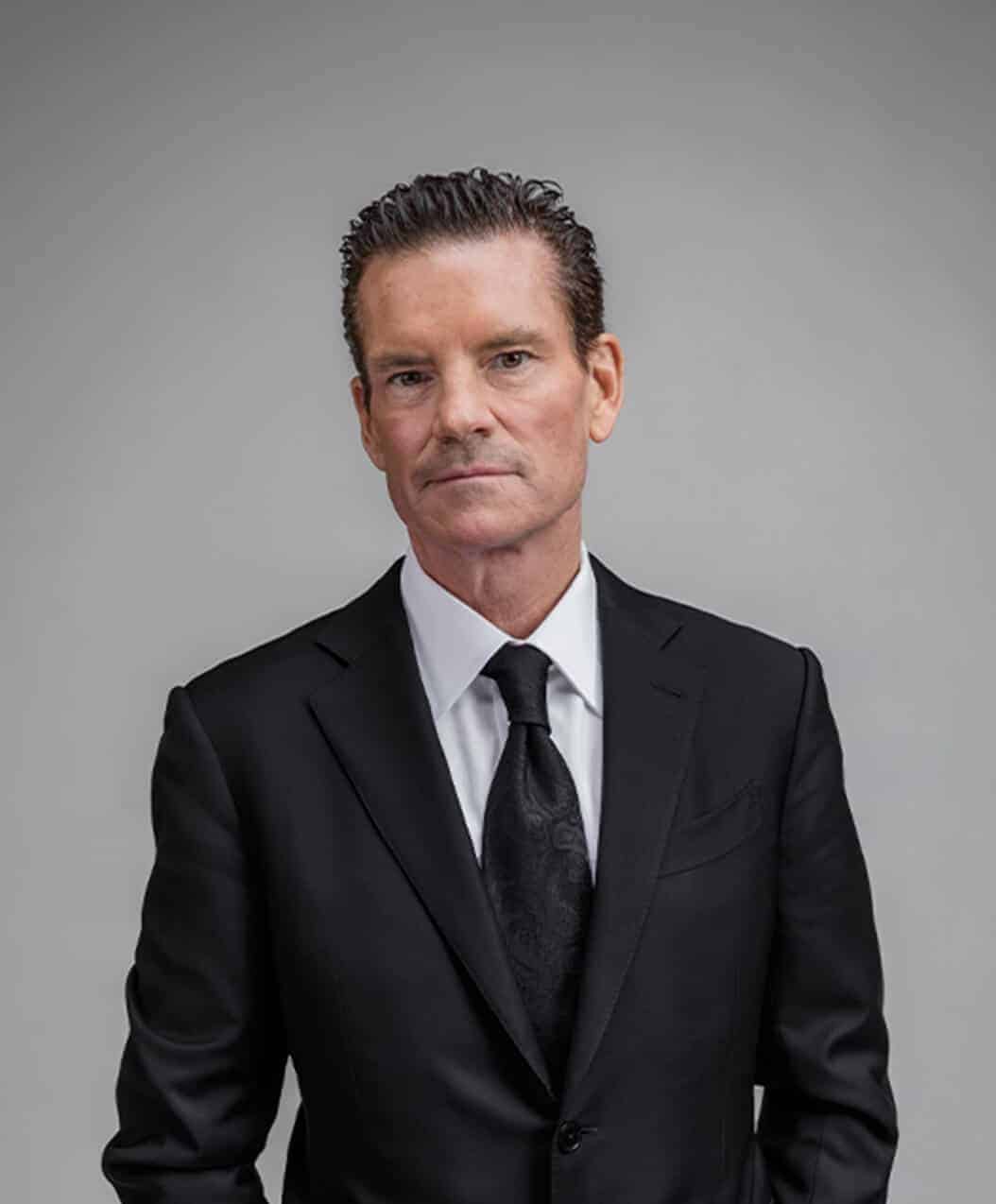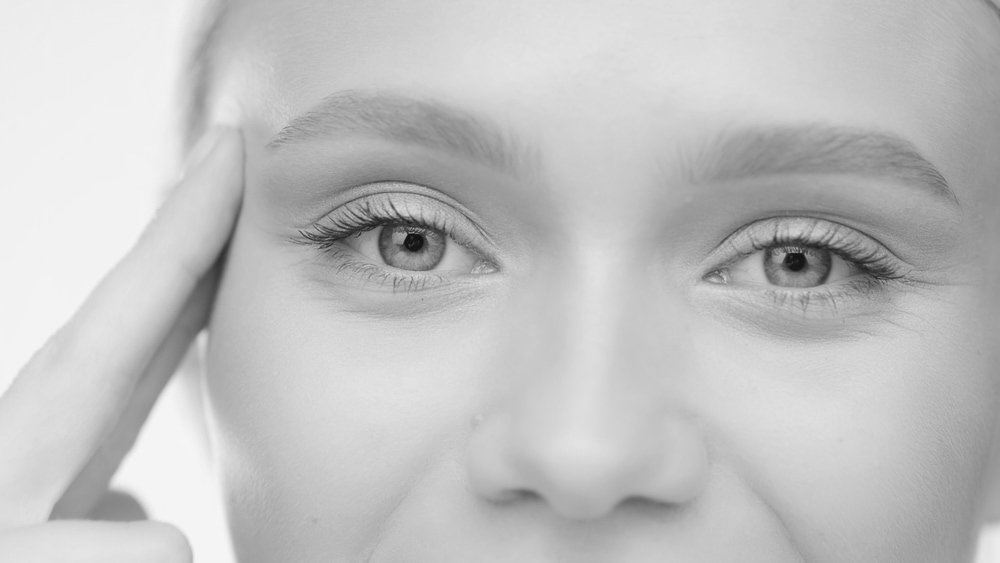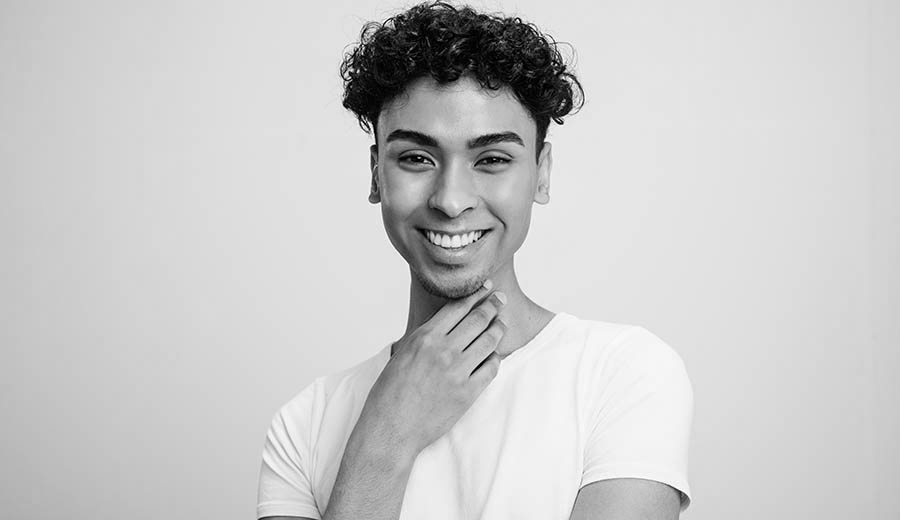January 25th, 2025
Dr. Mulholland, Md
How Much Swelling Is Normal After Rhinoplasty?
The amount of swelling you experience after your rhinoplasty procedure depends on various factors, including the amount of work done to reshape or resize your nose. In the first couple of weeks following surgery, you will experience a moderate amount of swelling, and the shape of your nose (the true results) will be obscured.
Everything will settle into your desired proportions as you heal; however, if you experience excessive swelling, contact your surgeon/doctor to check if everything is healing properly. Swelling can take a week after surgery to reach its maximum, so do not feel alarmed if you are more swollen on day 5 versus day 3.
Factors Influencing Swelling
A few factors can influence and worsen swelling after your rhinoplasty surgery, including the thickness of your skin and sodium intake. The more thick your skin is, the more swelling you will experience. Limiting your dietary salt intake is also important, as fluid retention can occur underneath the skin of the nose.
Is Face Swelling Normal After Rhinoplasty?
Yes, facial swelling is completely normal after getting a rhinoplasty. While the nose will be the main site of swelling, you will also experience puffiness around your eyes, cheeks, and upper lip during the first couple of weeks after your surgery. After the first week, you can use makeup to hide any bruising or redness that occurs as a result of the swelling.
Many patients have no facial bruising a week after their surgery, while some experience minimal bruising and a small amount experience moderate bruising. The amount of swelling you experience depends on the complexity of your procedure, your skin, and your diet. All patients can expect to see swelling resolve within a few weeks after the rhinoplasty.
How Long Does Swelling Last After Rhinoplasty?
Healing time is different for every patient, but swelling after a rhinoplasty procedure usually goes down within a few weeks. Swelling can get worse before it gets better, and recovery times vary. You can expect to be “back to normal” after 3-4 weeks, with a small amount of swelling lasting around 3 months.
For patients with thicker skin, the outcome of their surgery may take closer to 18 months, rather than the typical recovery time of 9-12 months. Lastly, a revision rhinoplasty procedure requires longer healing time to see final results than a primary rhinoplasty procedure does.
Weekly Stages of Swelling
After your rhinoplasty: After you are cleared for discharge, your surgeon will provide you with ice packs and instructions on how to apply them. Your doctor will also give you any topical ointments required and a nasal drip pad if necessary. It is important to sleep upright in a chair to ensure your head stays elevated the night after the surgery.
1 week after your rhinoplasty: Any staples, splints, protective coverings, or sutures will be removed. You may still experience swelling, but difficulty breathing through the nose will subside. Bruising around the nose and eyes will fade to green or yellow and can be covered with makeup. Your pain level will be minimal to nonexistent and can be controlled with over-the-counter pain medications.
2 weeks after your rhinoplasty: You will most likely see a dramatic reduction in your swelling at this point, and bruising will be barely visible. Your nose shape will become more apparent, and any fine-tuning of the results can be done with taping, injectable treatments, or massage techniques. You can resume your regular activities after 2 weeks.
4 weeks after your rhinoplasty: All signs of surgery will be gone at this point, and you can begin working out again. Your nose will be more defined while swelling continues to reduce. You will finally be able to see what your final results will look like, and at 6 weeks, you may have a follow-up appointment with your surgeon to check on things.
6 weeks after your rhinoplasty: Your bone structure will now be stabilized, so you can resume weight-bearing exercises, wear glasses, and blow your nose.
3-6 months after your rhinoplasty: Any issues you were experiencing with sensation inside your nose or on your nose skin will resolve at this point.
1 year after your rhinoplasty: Your healing process will be complete, and any repositioned cartilage will be conformed to your new nose shape. All swelling will be gone, and the tip of the nose will be more refined.
How to Minimize Swelling After Rhinoplasty
Swelling is a natural part of recovery after rhinoplasty, but there are effective ways to keep it under control. Here are some tips to help reduce swelling and speed up your healing process:
- Follow Your Surgeon’s Instructions. Toronto Plastic Surgeons’s extensive experience in rhinoplasty means he knows the best ways to ensure a smooth recovery. Follow his post-op instructions closely, including pain management and swelling reduction techniques. These steps are crucial to a successful recovery and minimizing complications.
- Stay Hydrated. Keeping yourself well-hydrated helps your body flush out excess fluids, which can reduce swelling. Drinking plenty of water post-surgery is essential to support your body’s healing process and minimize water retention that could worsen swelling.
- Use Cold Compresses Wisely. Right after surgery, a cold compress will be applied to your nose to reduce initial swelling. Once you’re home, avoid placing compresses directly on your nose to prevent pressure on the surgical area. Instead, apply them to your cheeks or forehead, using a towel or cloth to avoid direct skin contact.
- Limit Sneezing and Coughing. Try to avoid irritants that may trigger sneezing or coughing, such as smoke or strong fragrances. Consider using a humidifier to maintain moisture in the air, reducing the likelihood of nasal irritation. Smoking should be avoided altogether to prevent complications.
- Elevate Your Head Keep your head elevated for several days post-surgery to reduce swelling. When sleeping, use extra pillows or a travel pillow to ensure your head stays elevated, even while lying down.
- Quit Smoking and Drinking. Both smoking and alcohol can slow down your recovery. Smoking irritates your airways, while alcohol dehydrates you, which can extend the swelling. It’s best to avoid both until you are fully healed.
- Skip the Glasses. Avoid wearing glasses or sunglasses after surgery, as they put pressure on the nasal bridge and can interfere with healing. If glasses are necessary, ask your surgeon about using a protective face guard or splint during the recovery period.
- Take Time Off Work. Rest is vital to recovery. If possible, take time off work, especially if your job involves physical activity. The more you rest, the better your body can focus on healing.
- Avoid Strenuous Exercise. Hold off on intense workouts that elevate your heart rate and blood pressure. These can increase swelling and slow recovery. Stick to light activities like walking until you’ve been cleared for more vigorous exercise by your surgeon.
- Stay Positive and Be Patient. Swelling and bruising after rhinoplasty are temporary but can be frustrating. Keep a positive attitude and remind yourself that these effects are part of the healing process. With time and the right care, you’ll see your desired results.
By following these tips and choosing an experienced surgeon like Toronto Plastic Surgeons, you can ensure a smoother, faster recovery with minimal swelling.
How to Reduce Swelling After Rhinoplasty
Some tips to reduce swelling after your rhinoplasty are:
- Keep your head elevated. This will help excess fluids drain away from your nose. Use many pillows when you lie down, and try to sleep in a chair upright the night after your surgery.
- Apply a cold compress. Placing cold compresses and ice packs on your face after your rhinoplasty will soothe the area and slow blood flow, reducing inflammation and bruising. Never apply ice directly to the skin – your best option is to wet a cloth with cold water.
- Drink water. Staying hydrated will flush toxins out of your body and reduce swelling. Avoid caffeine and keep an eye on sodium intake to prevent fluid retention.
- Relax. Devote the first couple of weeks of your recovery to resting. After this, your swelling and bruising will reduce to the point that you aren’t self-conscious about going out in public.
- Avoid alcohol, drugs, and supplements. Stop taking supplements, drugs, and medications two weeks before your rhinoplasty and after your rhinoplasty – they can severely affect your blood pressure, healing, and circulation.
- Follow nasal taping guidelines. After your rhinoplasty, you will have splints and surgical tape across your nasal bridge and tip to minimize swelling and keep your airways open. Splints will be removed, and tape will be replaced when you visit a follow-up appointment to remove your stitches. After 2 weeks, you will only have to wear tape at night. Apply the tape as directed by your surgeon to make sure your nose heals in the proper shape and reduces scarring.
- Avoid blowing your nose. Sneezing, coughing, blowing your nose, and crying can all cause swelling in the nose and irritate your stitches, causing bleeding. Use a humidifier to avoid coughing, and stay away from cigarette smoke, pollution, and other irritants that will cause issues in your nose and throat.
Toronto Plastic Surgeons
Toronto Plastic Surgeons is at the forefront of surgical technologies, particularly those that reduce fat and improve signs of aging. With Toronto Plastic Surgeons, patients are guaranteed the best possible treatment and results from him and his excellent team of professionals.
Rhinoplasty is often part of a broader aesthetic plan. Many patients also explore complementary procedures like blepharoplasty to enhance eye definition, or FUE hair transplants to restore a more youthful hairline.
Those seeking more comprehensive rejuvenation may also consider pairing rhinoplasty with a Mommy Makeover for full-body harmony, or gummy bear implants for long-lasting, natural-looking breast enhancement.
Toronto Plastic Surgeons also offers customized treatments for men, including liposuction (see the male liposuction page), designed to sculpt the midsection or neckline with precision. Whether facial or full-body, every procedure is tailored to help you put your best face – and physique – forward.



